Pushkal Agarwal
Discovery of the Content and Engagement with the Content
Jun 15, 2022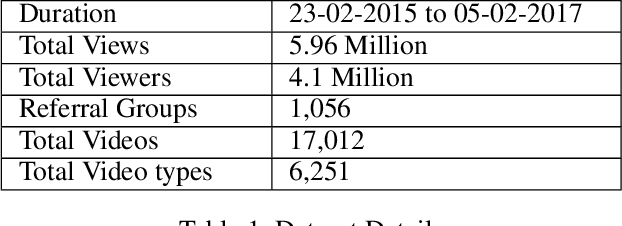
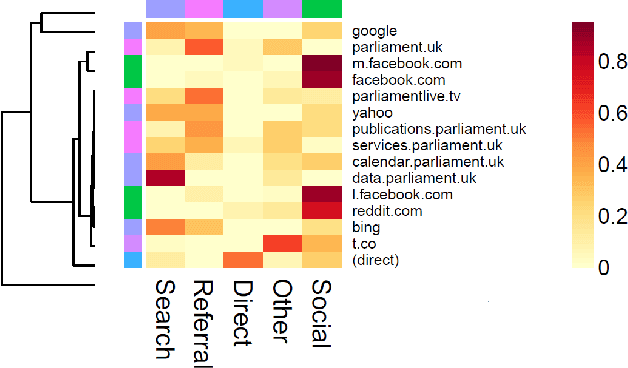
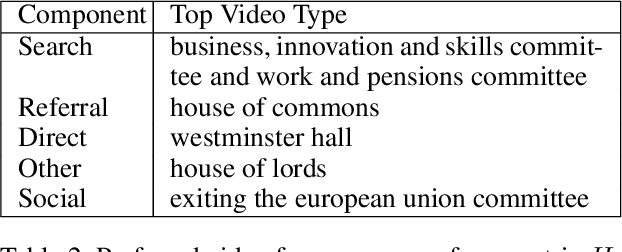
Abstract:In the second half of the 20th century, Parliament allowed broadcasters to transmit radio and eventually television coverage of debates and meetings of select committees. More recently, in an effort to further improve transparency and citizen engagement, the UK Parliament started publishing videos of these debates and meetings itself, and tweeting details of debates as they happened. In this paper, we attempt to characterise how people engage with video data of Parliamentary debates by using more than two years of Google Analytics data around these videos. We analyse the patterns of engagement - how do they land on a particular video? How do they hear about this video, i.e., what is the (HTTP) referrer website that led to the user clicking on the video? Once a user lands on a video, how do they engage with it? For how long is the video played? What is the next destination? etc. Answering these questions is an important first step towards understanding why and how people use Parliamentary videos, and therefore, how the video delivery platform should be adapted and personalised for the needs of the citizens of the country. Taking inspiration from An, Kwak, and Jansen (2017), we employ Non-Negative Matrix Factorization (NMF) (Lee and Seung, 1999) on the video views matrix to identify different archetypes of users, and identify archetypes. A deeper examination of the archetypes we find reveals that they are primarily distinguished by how they land on the video page: Search (i.e., through a search engine), Referral (i.e., from other Parliamentary websites), Direct (i.e., through a direct link, which is embedded on another website), Social (i.e., through a social platform such as Facebook or Twitter) and Others.
Characterising User Content on a Multi-lingual Social Network
Apr 23, 2020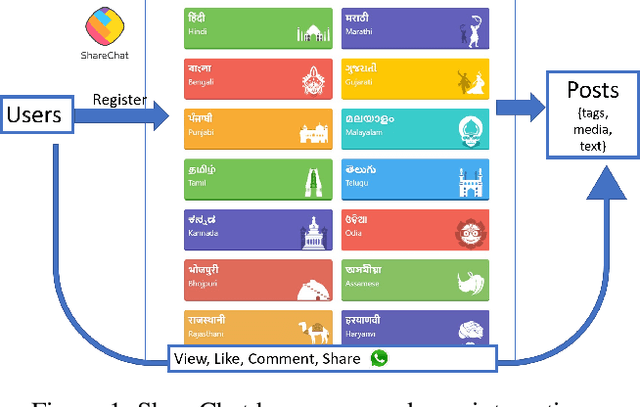
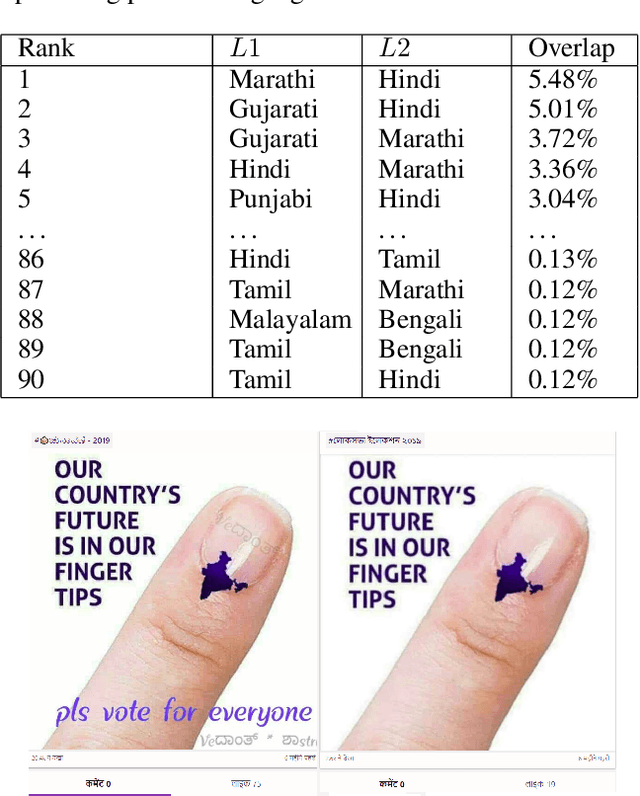
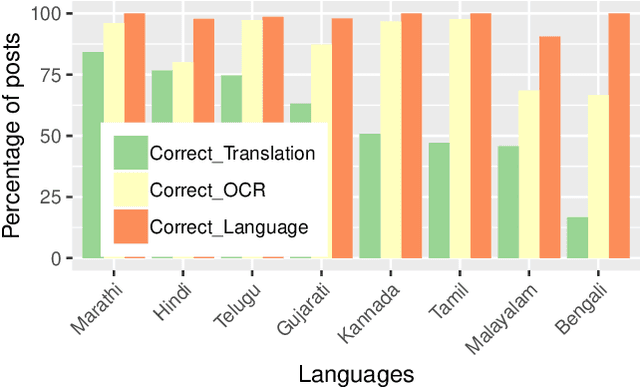
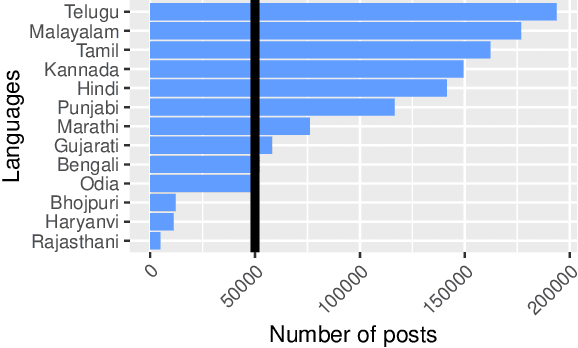
Abstract:Social media has been on the vanguard of political information diffusion in the 21st century. Most studies that look into disinformation, political influence and fake-news focus on mainstream social media platforms. This has inevitably made English an important factor in our current understanding of political activity on social media. As a result, there has only been a limited number of studies into a large portion of the world, including the largest, multilingual and multi-cultural democracy: India. In this paper we present our characterisation of a multilingual social network in India called ShareChat. We collect an exhaustive dataset across 72 weeks before and during the Indian general elections of 2019, across 14 languages. We investigate the cross lingual dynamics by clustering visually similar images together, and exploring how they move across language barriers. We find that Telugu, Malayalam, Tamil and Kannada languages tend to be dominant in soliciting political images (often referred to as memes), and posts from Hindi have the largest cross-lingual diffusion across ShareChat (as well as images containing text in English). In the case of images containing text that cross language barriers, we see that language translation is used to widen the accessibility. That said, we find cases where the same image is associated with very different text (and therefore meanings). This initial characterisation paves the way for more advanced pipelines to understand the dynamics of fake and political content in a multi-lingual and non-textual setting.
 Add to Chrome
Add to Chrome Add to Firefox
Add to Firefox Add to Edge
Add to Edge